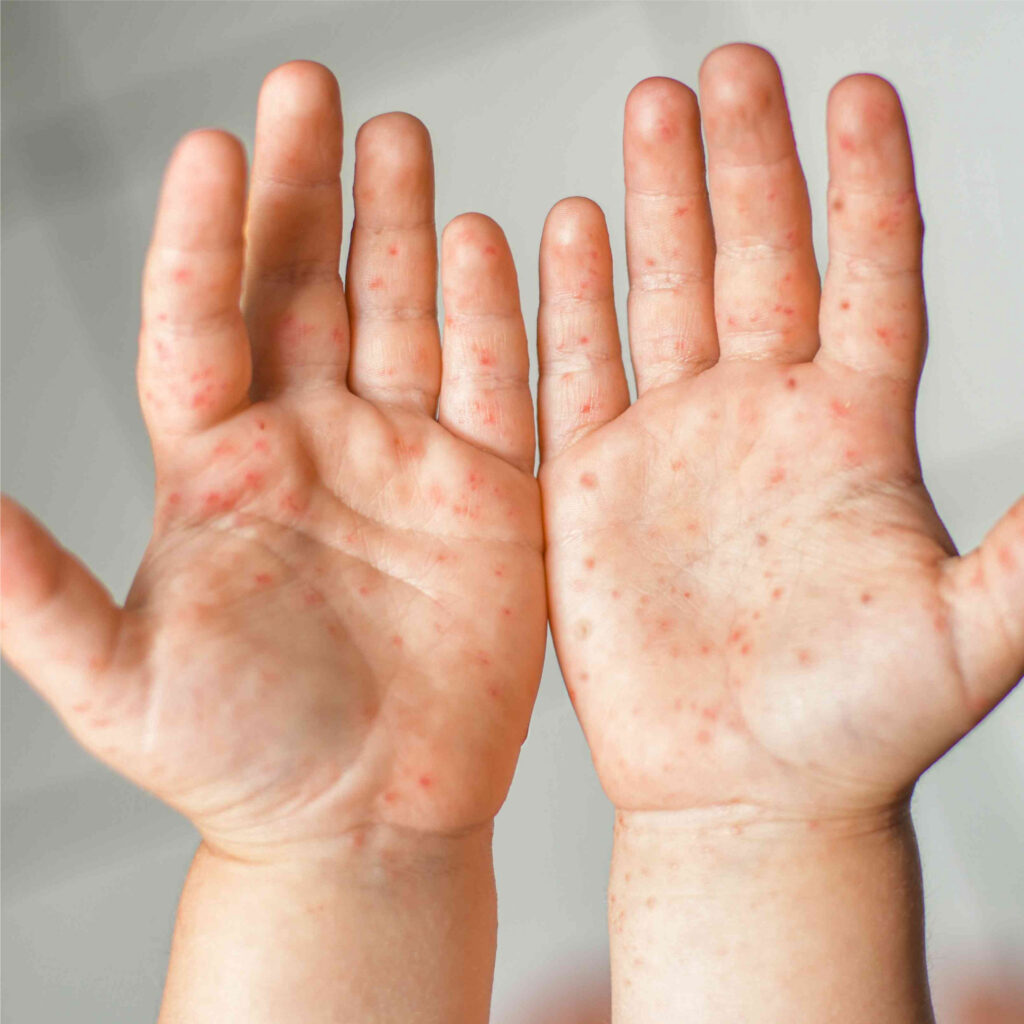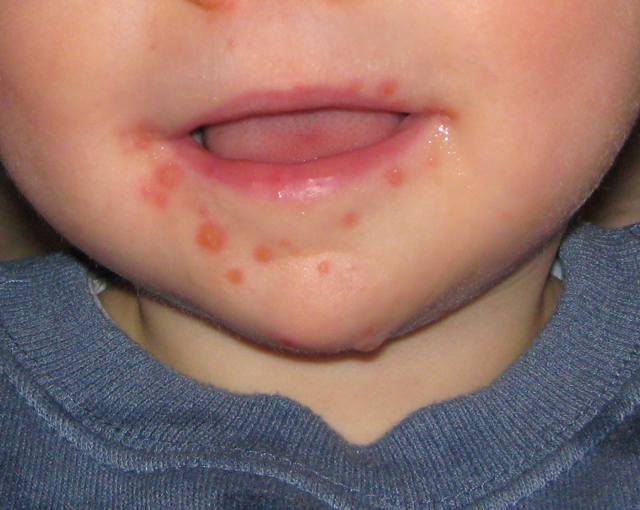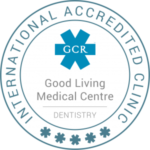Hand, Foot, and Mouth Disease

Hand, Foot, and Mouth Disease
Hand, Foot, and Mouth Disease (HFMD) is a common infection predominantly affecting children. It manifests as painful ulcers in and around the mouth, accompanied by a rash or blisters on the hands, feet, legs, or buttocks. The condition can be quite distressing, leading to difficulties in eating and drinking.
Causes:
HFMD is primarily caused by viruses, commonly the Coxsackievirus A16 and Enterovirus 71. While anyone can contract the disease, children under the age of 5 are most susceptible. HFMD tends to spread more during the summer and fall seasons.
Symptoms:
- Initial symptoms resemble those of the flu and typically last for 7 to 10 days. However, symptoms can be more severe in children under 5 years old.
- Fever and headache
- Sore throat
- Decreased appetite
- General discomfort
- Around two days after the onset of fever, vesicles (small fluid-filled blisters) develop in the mouth, eventually transforming into painful ulcers. This can cause children to refuse food and liquids, although they might accept cold beverages.
- Rashes may also appear on the hands, soles of the feet, knees, and buttocks, but these rashes are typically painless and non-itchy.
- In some cases, existing eczema can worsen if a secondary bacterial infection occurs.

Transmission:
HFMD is highly contagious and spreads rapidly in environments like daycare centers and schools. The disease can be transmitted before symptoms appear, particularly during the first week of infection, through the following means:
Respiratory droplets (coughing, sneezing, nasal discharge) for up to 4 weeks.
Direct contact includes touching, hugging, kissing, or sharing utensils.
(The incubation period ranges from 3 to 6 days.)
Fecal-oral route when changing diapers (can persist for up to 6 weeks).

Diagnosis:
It is crucial to consult a doctor if the child exhibits the following symptoms:
- Reduced fluid intake due to pain, potentially leading to dehydration.
- No urination for 4 to 6 hours in infants or 6 to 8 hours in older children.
- Sunken eyes and reduced tear production.
- Fever lasting for more than 3 days.
- Immunodeficiency.
- Lack of improvement after 10 days.
- Infants younger than 6 months of age.
- Excessive sleeping and exhaustion.
- Pregnant women.
Currently, a lesion swab can be used for detecting the presence of Coxsackievirus or Enterovirus through real-time PCR assay.
Treatment:
In most cases, HFMD is a mild clinical syndrome that resolves within 7 to 10 days. Treatment focuses on supportive care, managing pain and fever with acetaminophen or ibuprofen. It is essential to ensure adequate fluid intake, avoiding sour and hot foods. Keeping the rashes clean and preventing infection is also important.
Prevention:
Patient and parent education plays a crucial role in reducing HFMD transmission. Effective measures include regular hand washing to minimize the incidence of the disease within the community. It is advisable to keep affected children at home for a few days to prevent further spread.



